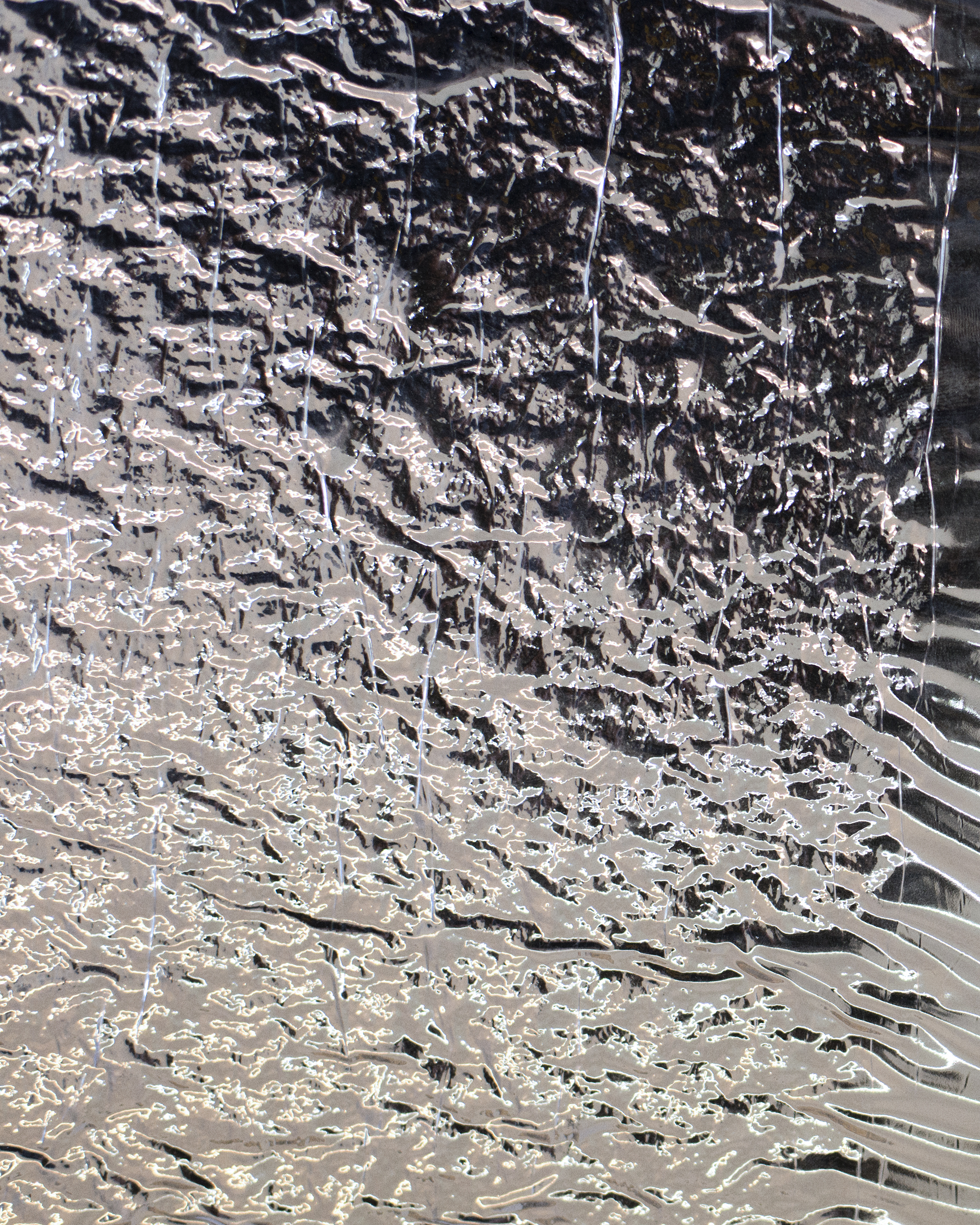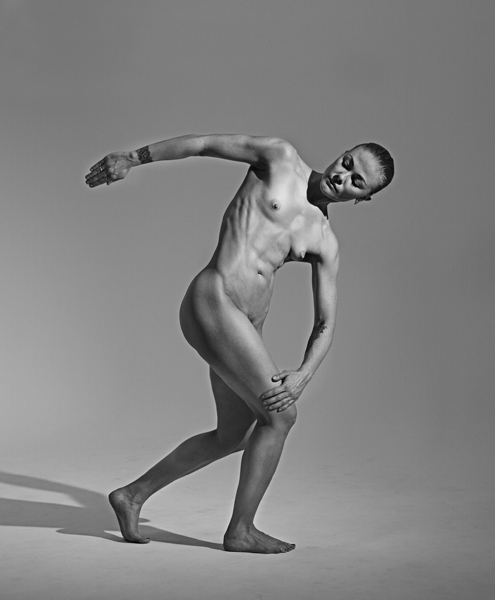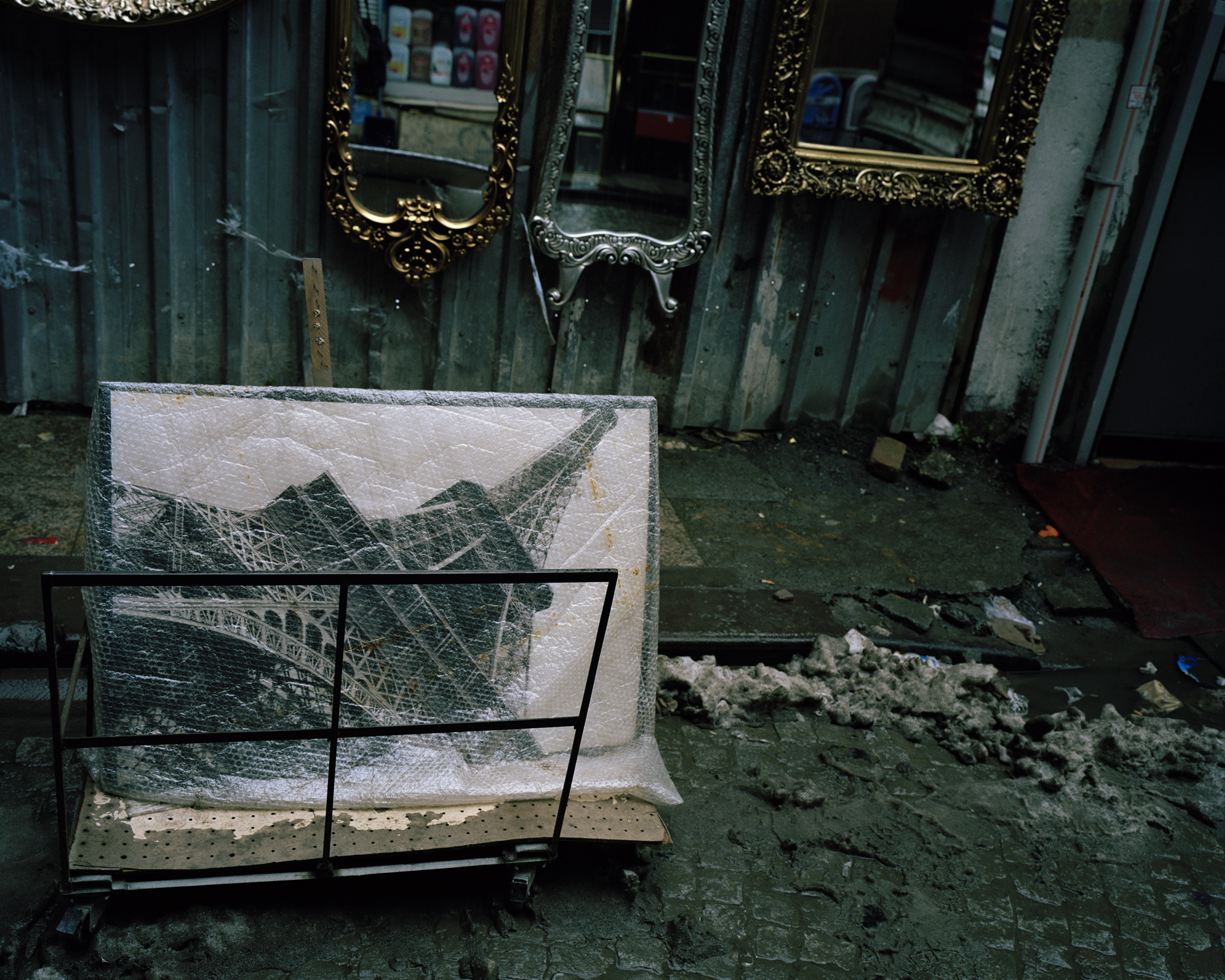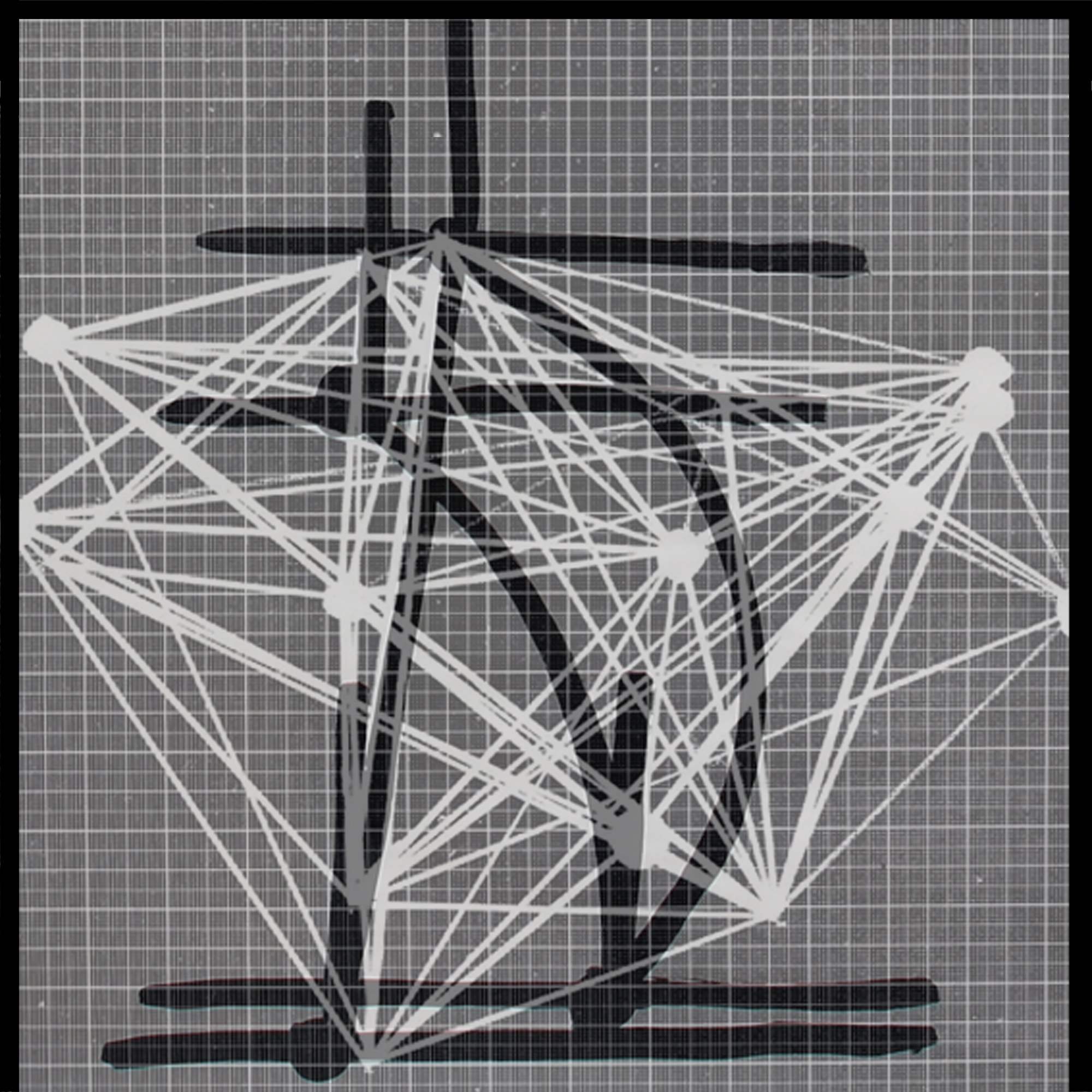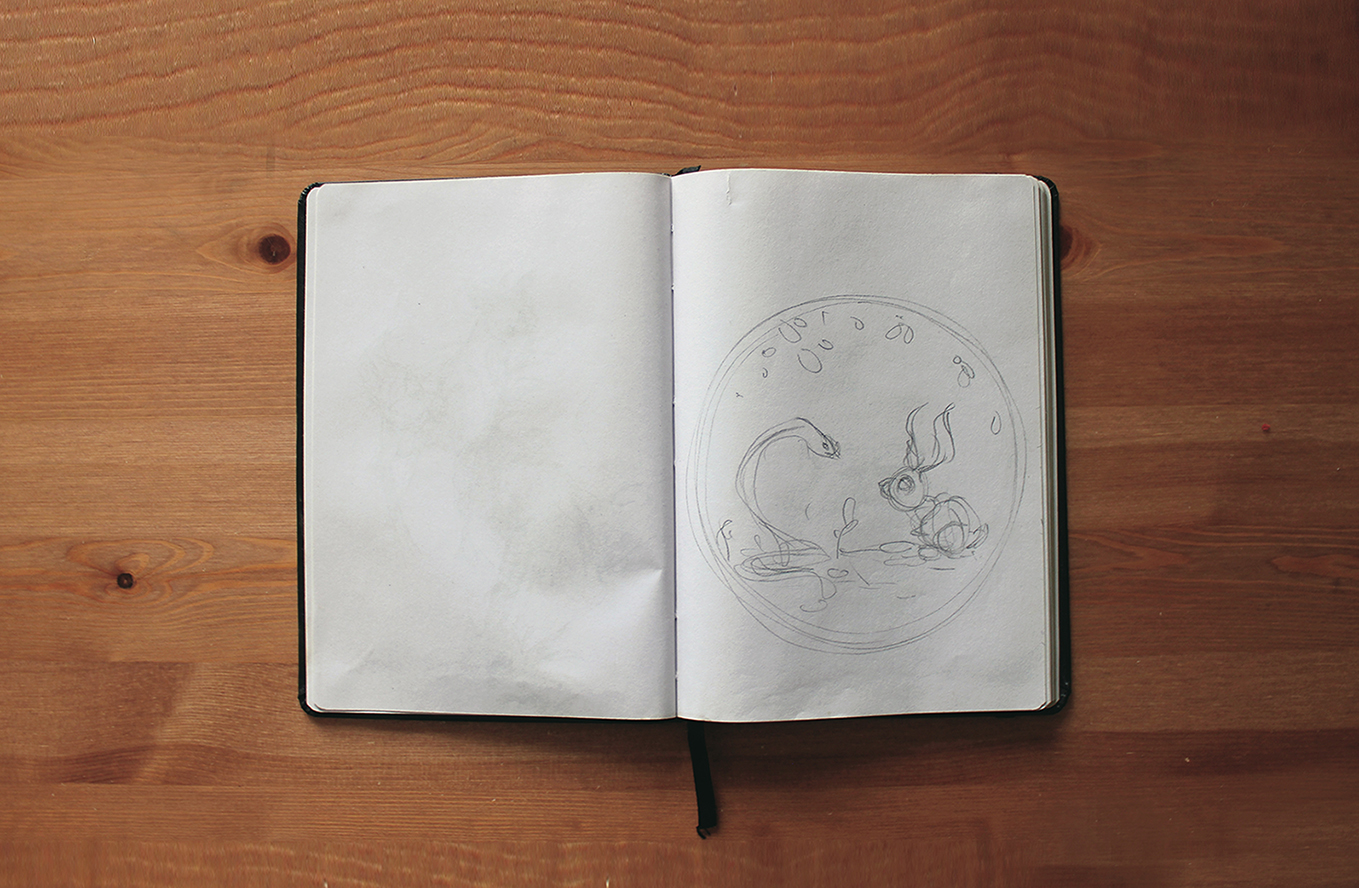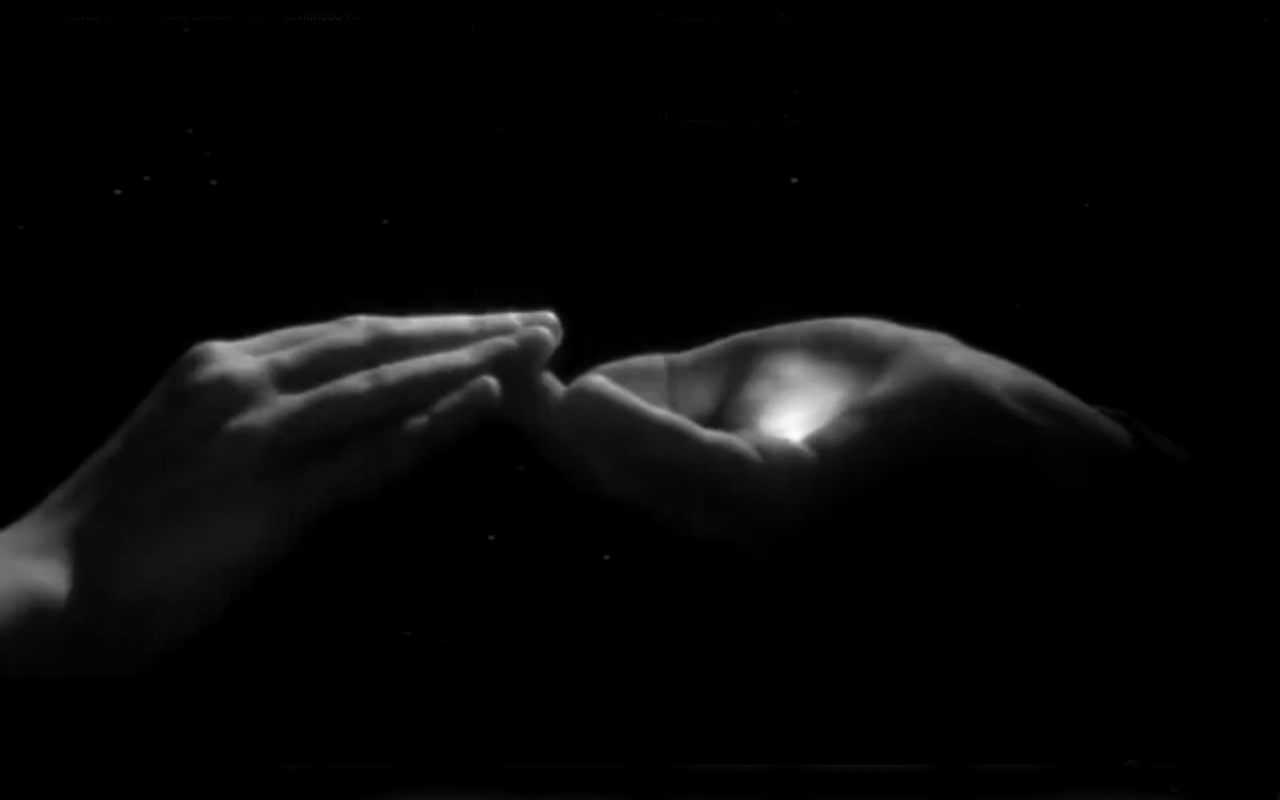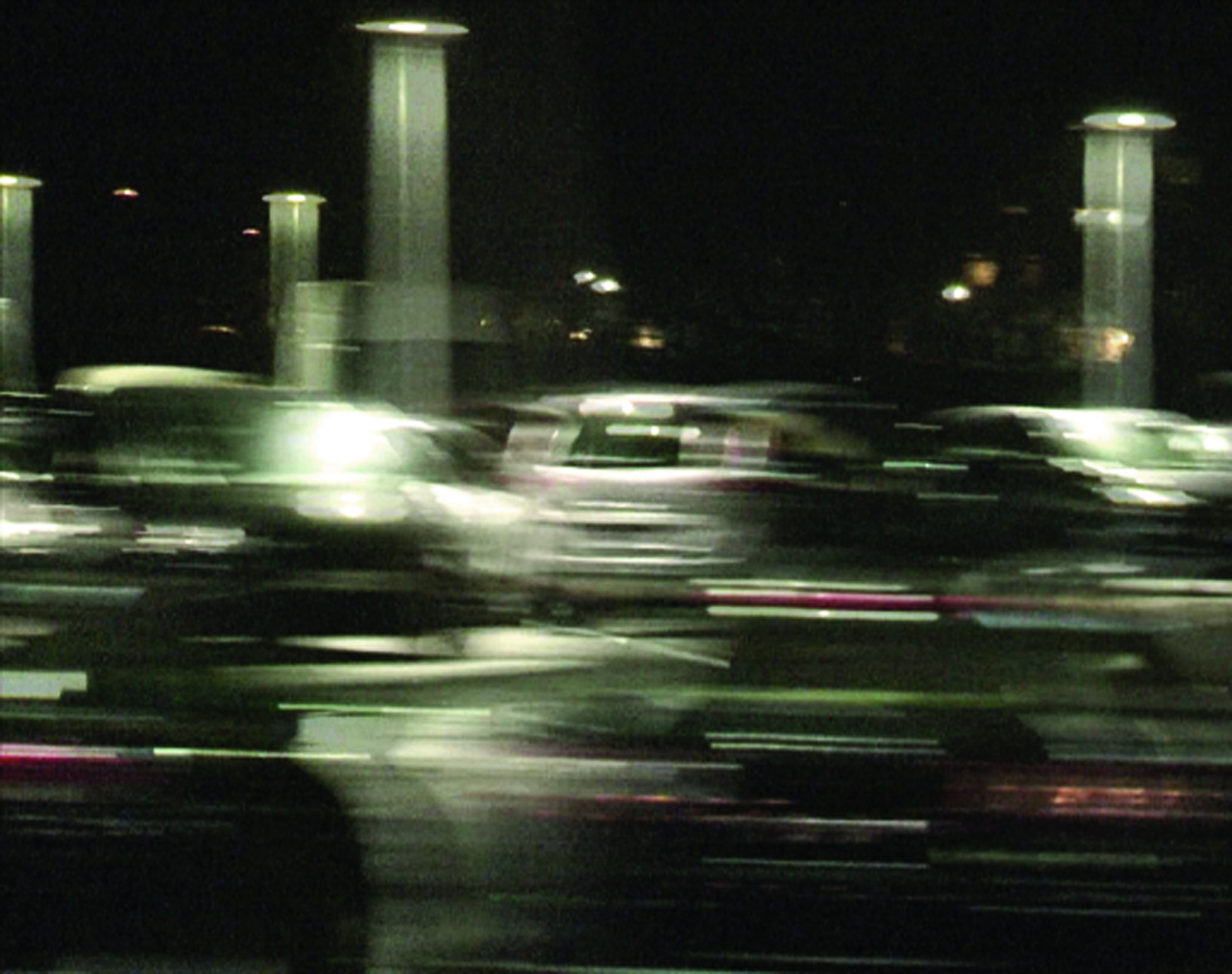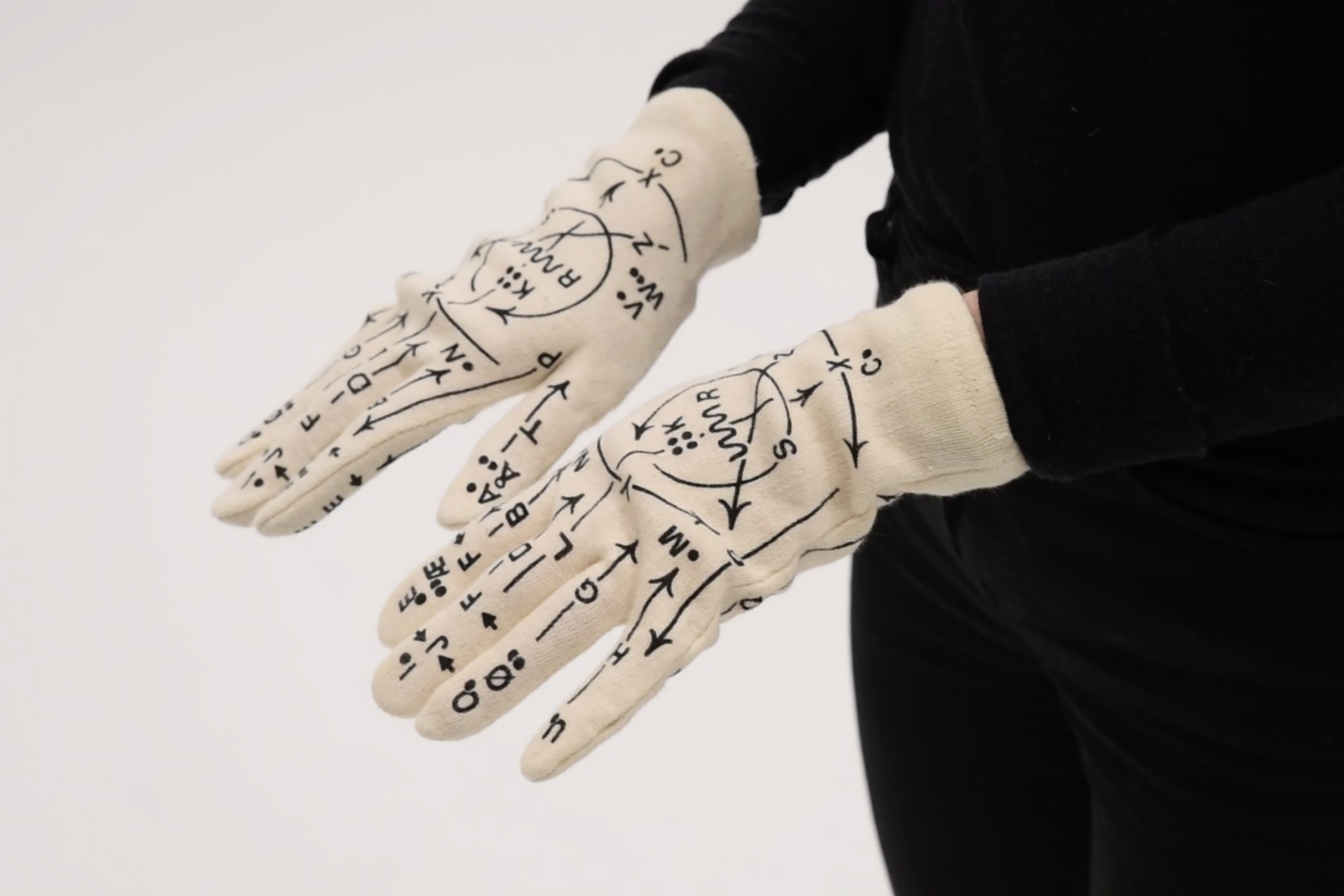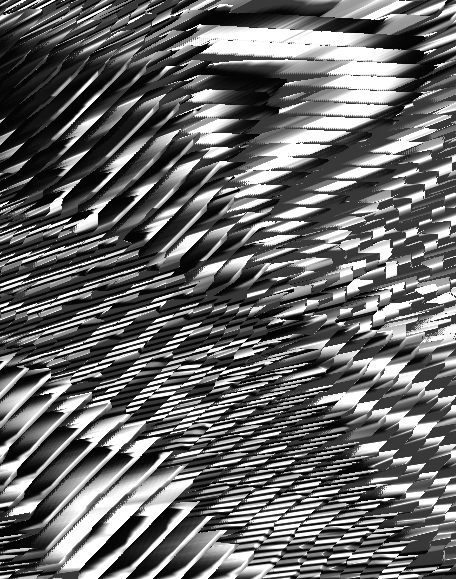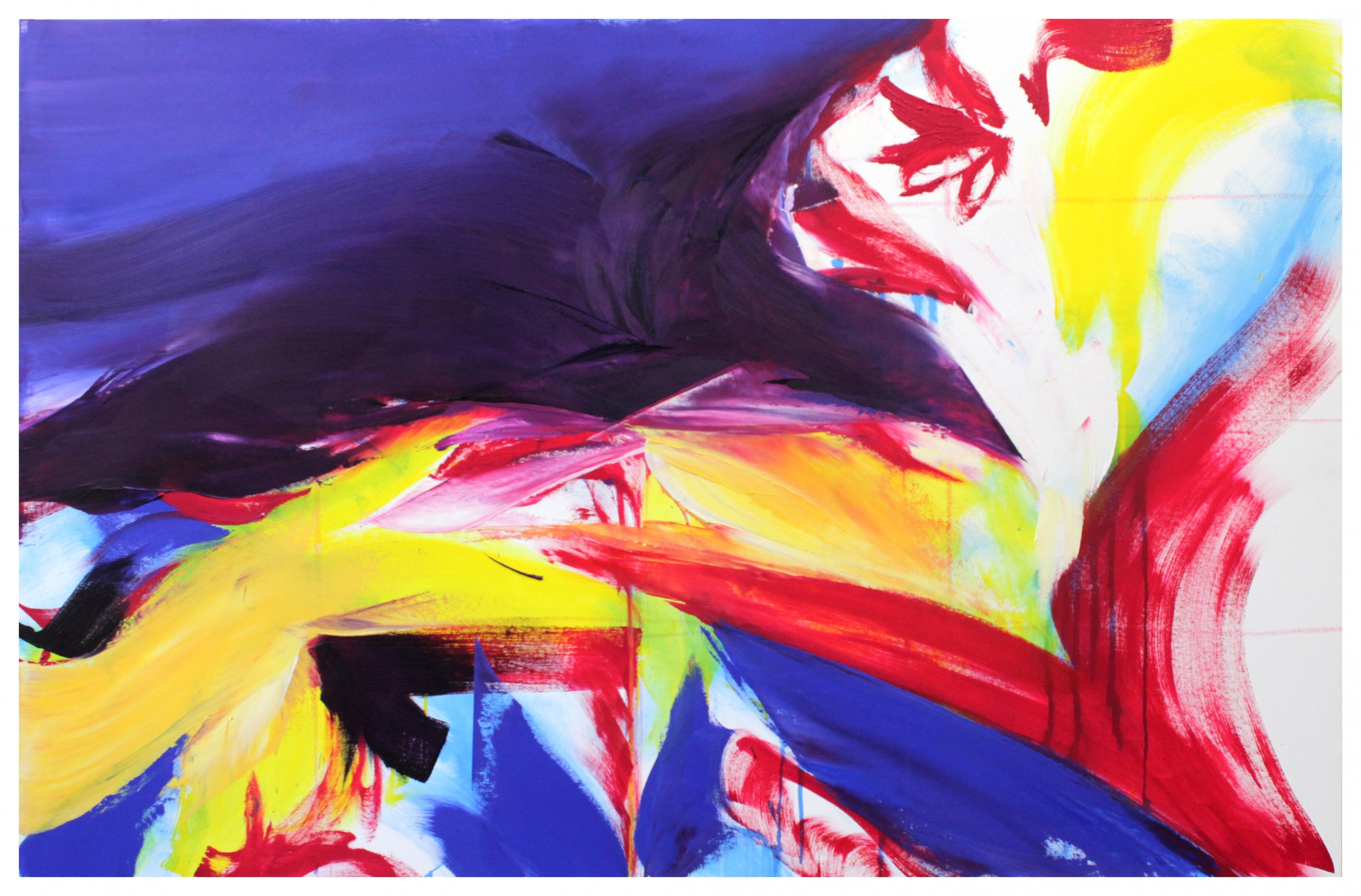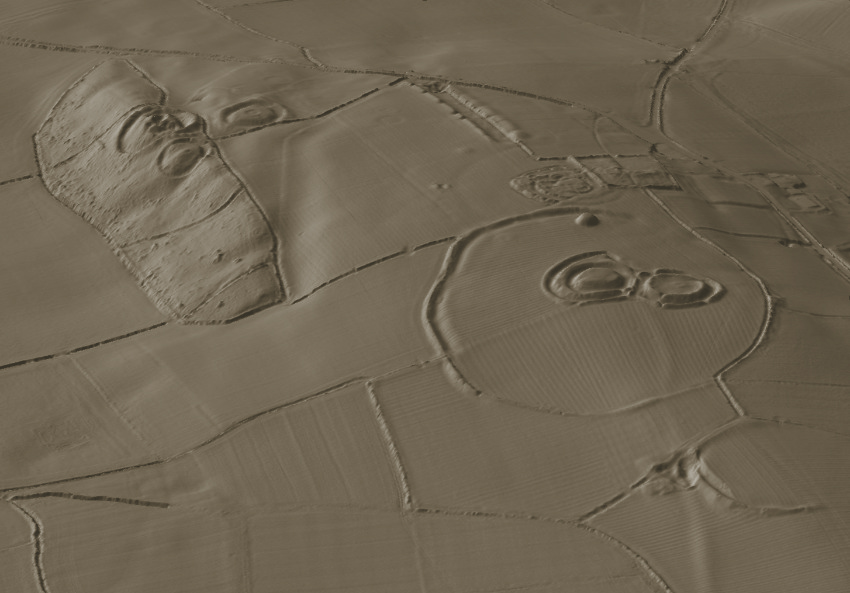E A R T H C O O L I N G A I R C O N D I T I O N I N G
A long pipe is buried in the small backside garden of Kunsthal Charlottenborg.
It is open in each of its ends.
The pipe divides into two smaller pipes, which prolongs for 24 meters under the ground at 1 meter of depth.
It goes back up to the surface of the ground, up along the wall and through a window into the building.
Earth has in itself an isolative function, which makes the temperature underground differ from the temperature above ground. Trees and plants are holders of cool humidity on the surface of their roots. These conditions generate a cool underground environment, which is able to exchange heat for cold temperature in the hot seasons and cold for hot temperature in the cold seasons.
On the inside of the building, the heat can be overwhelming some summers, much warmer than outside. When this high temperature rises and heats up the end of the pipe inside the building, it makes the cooled air from underground move, it pulls it up into the building. When the heat gets intensified, so does the airflow inside the pipe. When the days are colder, the circulation of air decreases.

A E R O T O P O
The whole body remembers – not only the brain with its nervous system does, but the skin and the organs, the muscles and bones. We remember the sight of a space along with its temperature, its tones in sound and colour, an associated emotion, a smell. We relate images of other spaces to this space and then, a new map displays itself.
The body learns and adapts with intuition, mistakes, emotions, corrections among other. Unwillingly, subjectively… The body imitates and takes shapes from its surroundings. The body codes information in its nervous system, the body repeats and creates in infinite variations codes of emotions of a space. The contingencies are laid out there in this multidimensional map.

